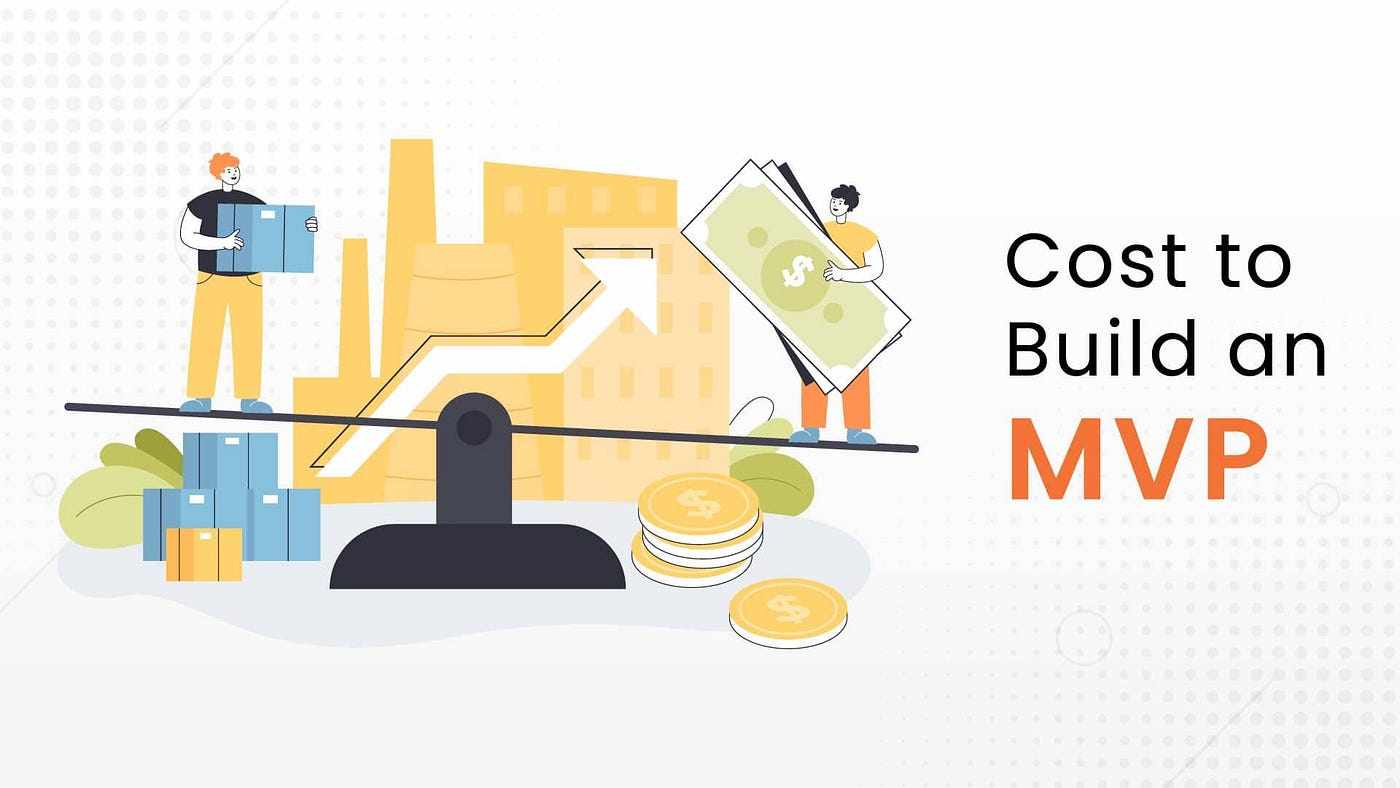
A Minimum Viable Product (MVP) is the simplest version of a software product that includes only the core features necessary to satisfy early adopters and validate a business idea. The concept of an MVP in software development has become essential for startups and companies aiming to launch new products quickly and efficiently.
By focusing on building an MVP, teams can test their assumptions in the real market with minimal investment, gather valuable user feedback, and iteratively improve the product. This approach not only reduces time and cost but also helps businesses avoid building features that users may not want or need.
Main Factors That Influence MVP Development Cost
Feature Set and Complexity
The more features you add, the more it will cost — it’s that straightforward. A lightweight MVP with basic sign-up, login, and one or two functions might cost a few thousand dollars. But if you’re building something like a ride-sharing app with real-time tracking and payments, you’re looking at a much higher range.
Think of it this way: every extra screen, user flow, or third-party integration increases the time your developers will spend — and that time costs money.
Design and User Experience
Design plays a huge role in how users interact with your MVP. A clean, simple interface is faster and cheaper to design than something highly customized with animations or micro-interactions.
That said, don’t ignore design entirely. A well-designed MVP builds trust and improves usability — you just don’t need it to win design awards at this stage.
Technology Stack
Your tech stack affects cost, speed, and flexibility. Using widely adopted tools like React, Node.js, or Firebase speeds things up and keeps hiring easier. Cross-platform tools like Flutter or React Native also help cut costs by letting you build once for both iOS and Android.
On the flip side, choosing newer or niche technologies could drive costs higher — not just now, but also later when maintaining or scaling.
Development Team Type and Location
Are you hiring an in-house team, a local agency, or outsourcing overseas? This will make a big difference.
In-house teams are typically the most expensive but offer more control.
Freelancers or offshore agencies are more affordable but can come with communication or quality risks if not managed properly.
Location matters a lot — U.S./UK developers often charge $75–$200/hour, while equally skilled developers in India or Eastern Europe might charge $20–$50/hour.
Timeline and Urgency
Need it in 4 weeks instead of 10? Expect to pay more. Speeding up delivery often means adding more developers or paying for overtime. A more relaxed timeline can reduce costs and lead to better results overall.
Also, urgent projects tend to cut corners in areas like testing or documentation — which may save money now, but cost more later.
Where Does Your MVP Budget Go? (Cost Breakdown)
Understanding how the budget is distributed across phases helps you plan smarter. Here’s how most MVP budgets are typically split:
Discovery and Requirement Analysis (5–10%)
Before any coding starts, you need to clarify what you're building and why. This phase includes product research, competitor analysis, and feature scoping. It’s a small portion of your budget, but it sets the tone for the entire project.
UI/UX Design (10–20%)
Designers create wireframes, mockups, and interactive prototypes. This is where your user experience takes shape. Good design reduces confusion, increases engagement, and makes development smoother.
Frontend and Backend Development (40–60%)
This is where the bulk of your budget goes. Developers turn designs into working software — from user interfaces to server-side logic. The complexity of your app will determine how much this phase costs.
API Integration and Third-Party Tools (10–15%)
If your MVP needs to connect with payment systems, social logins, analytics, or external APIs, budget a bit more for integration work. Some tools are easy to plug in; others need custom setups.
Testing and Bug Fixing (10–15%)
No MVP should go live without proper testing. Quality assurance ensures your app doesn’t crash on first use. This phase covers functional testing, usability checks, performance monitoring, and bug fixes.
MVP Cost Ranges
Depending on your needs and setup, MVP costs can vary widely. Here’s what typical MVP budgets look like:
Budget MVP: Up to $5,000
Very basic functionality
Simple design (or templates)
Built using no-code tools or by freelancers
Suitable for early validation or idea testing
Standard MVP: $5,000 to $25,000
Moderate features and clean UI
Built by a small offshore agency or dedicated team
Includes backend, testing, and minor integrations
Good for funded startups or bootstrappers
Enterprise MVP: $25,000 and above
Complex user flows, multiple roles, secure infrastructure
Advanced design and polished UX
High scalability, strong QA, and compliance readiness
Typically built by experienced agencies or in-house teams
Smart Ways to Reduce MVP Development Costs
You don’t have to overspend to build a solid MVP. Here’s how to stretch your budget without compromising on quality:
Prioritize Core Features
Stick to the essentials. Focus only on the features that solve the core user problem — nothing more. You can always add extras after launch.
Go Agile and Build in Iterations
Agile development breaks work into smaller pieces, letting you ship faster and adapt on the fly. You’ll avoid big surprises and reduce the risk of building features nobody wants.
Use No-Code/Low-Code Tools
Platforms like Bubble, Adalo, or Webflow let you build functional MVPs with minimal coding. They’re great for simple products and can save you thousands.
Choose the Right Team in the Right Region
Working with a capable offshore team can deliver excellent results at a fraction of the local cost — just make sure you’ve vetted them well and have strong communication.
Conclusion
Building an MVP isn’t just a technical exercise — it’s a strategic business decision. Whether you’re validating a new product idea, entering a new market, or pitching to investors, your MVP is the launchpad that helps you test real user interest with minimal financial risk.
The cost of developing an MVP in software development depends on many variables — your feature set, design needs, tech stack, team location, and overall scope. You might spend as little as $3,000 using no-code tools or over $50,000 for a custom-built MVP with advanced capabilities.
But here’s the most important part: spending more doesn’t guarantee better results. What matters most is building the right MVP — one that solves a core problem, delivers real value to users, and helps you learn what works

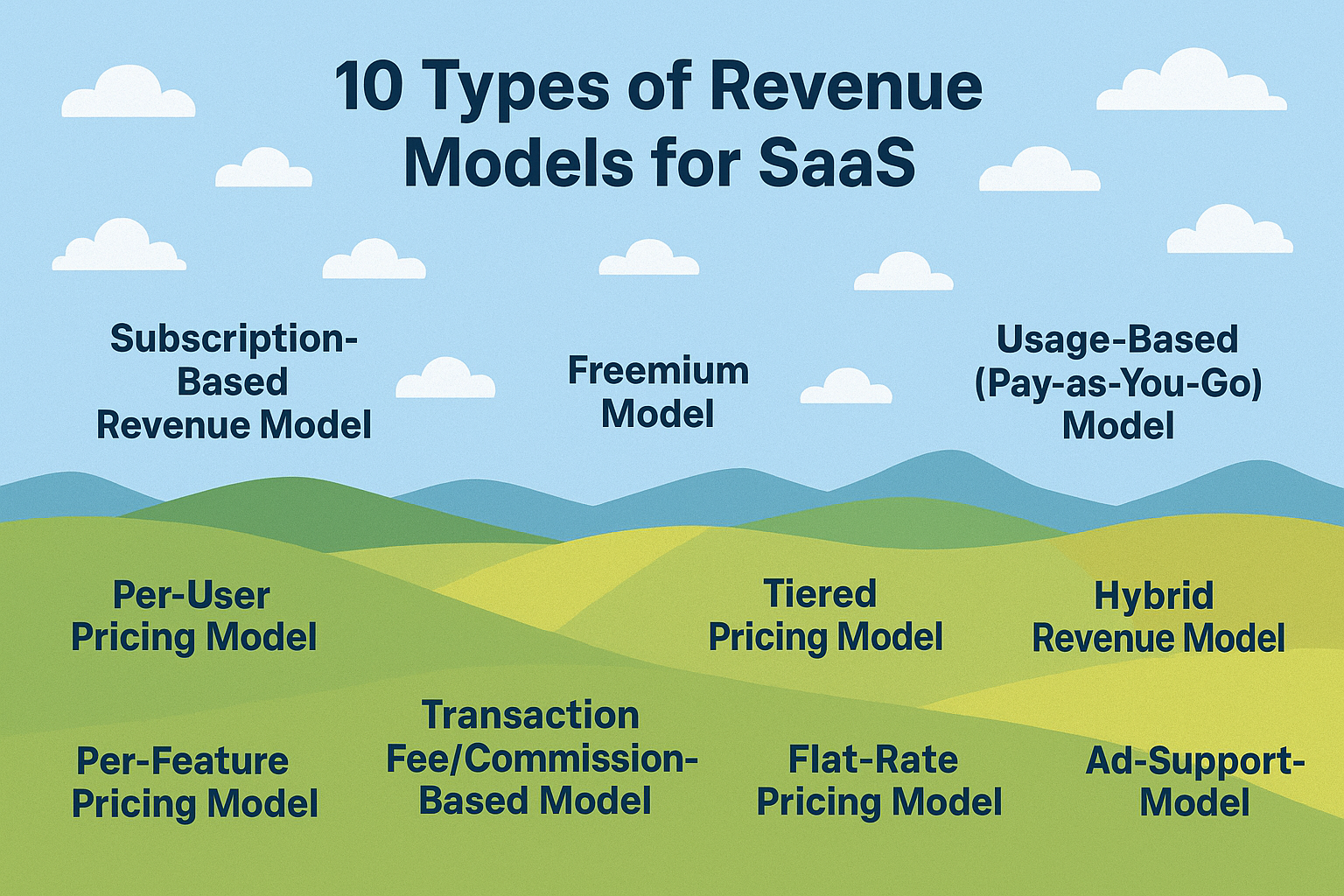
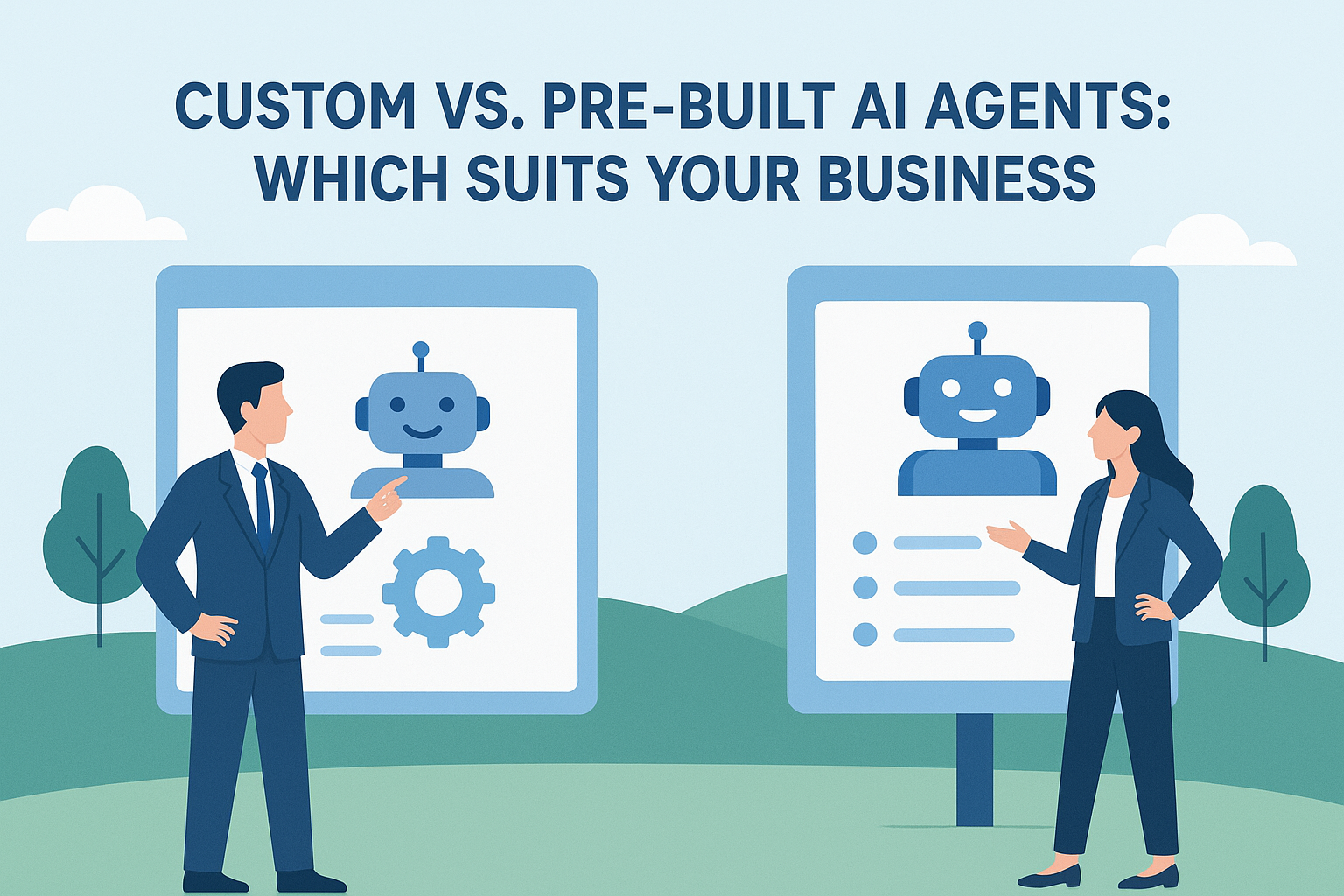
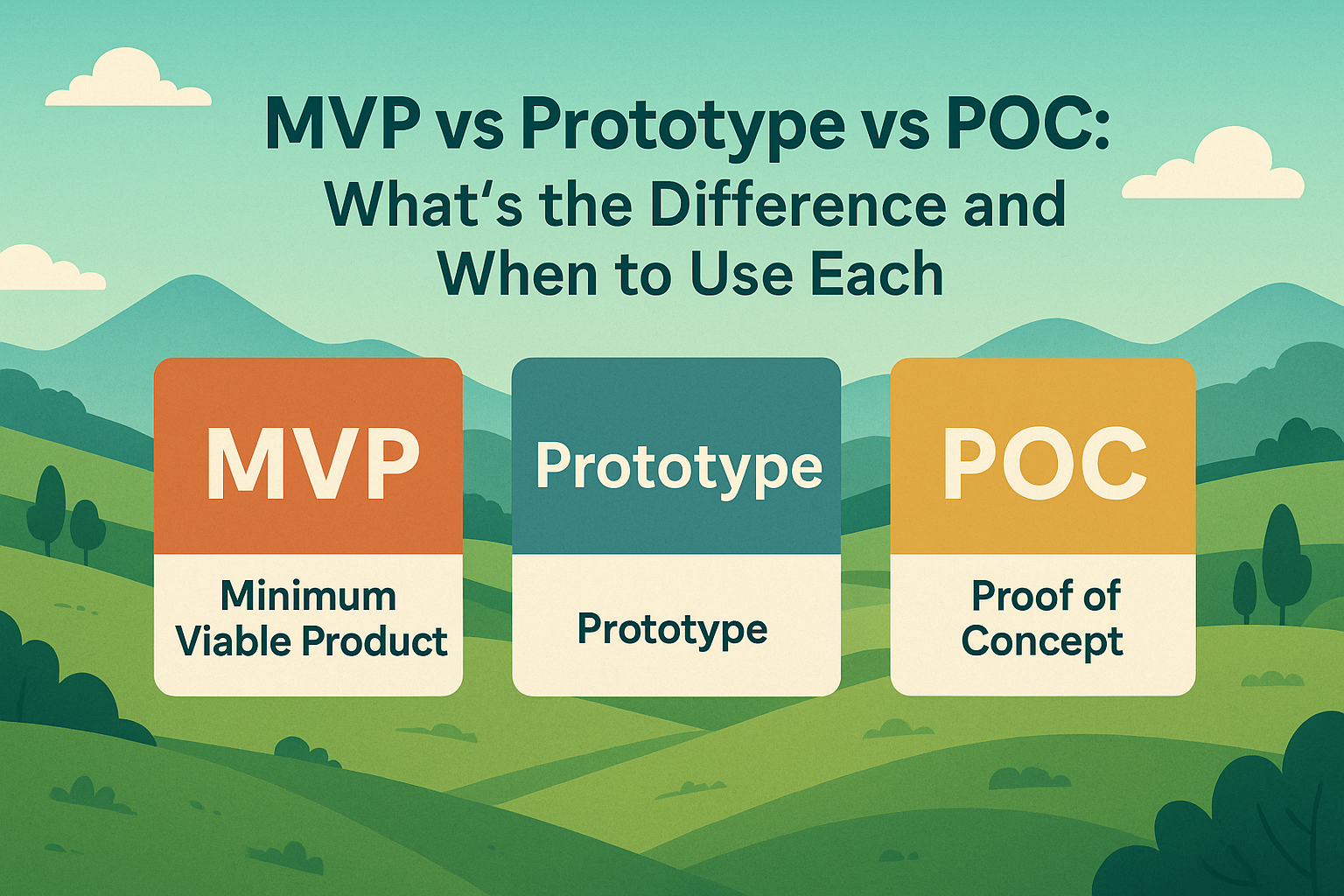
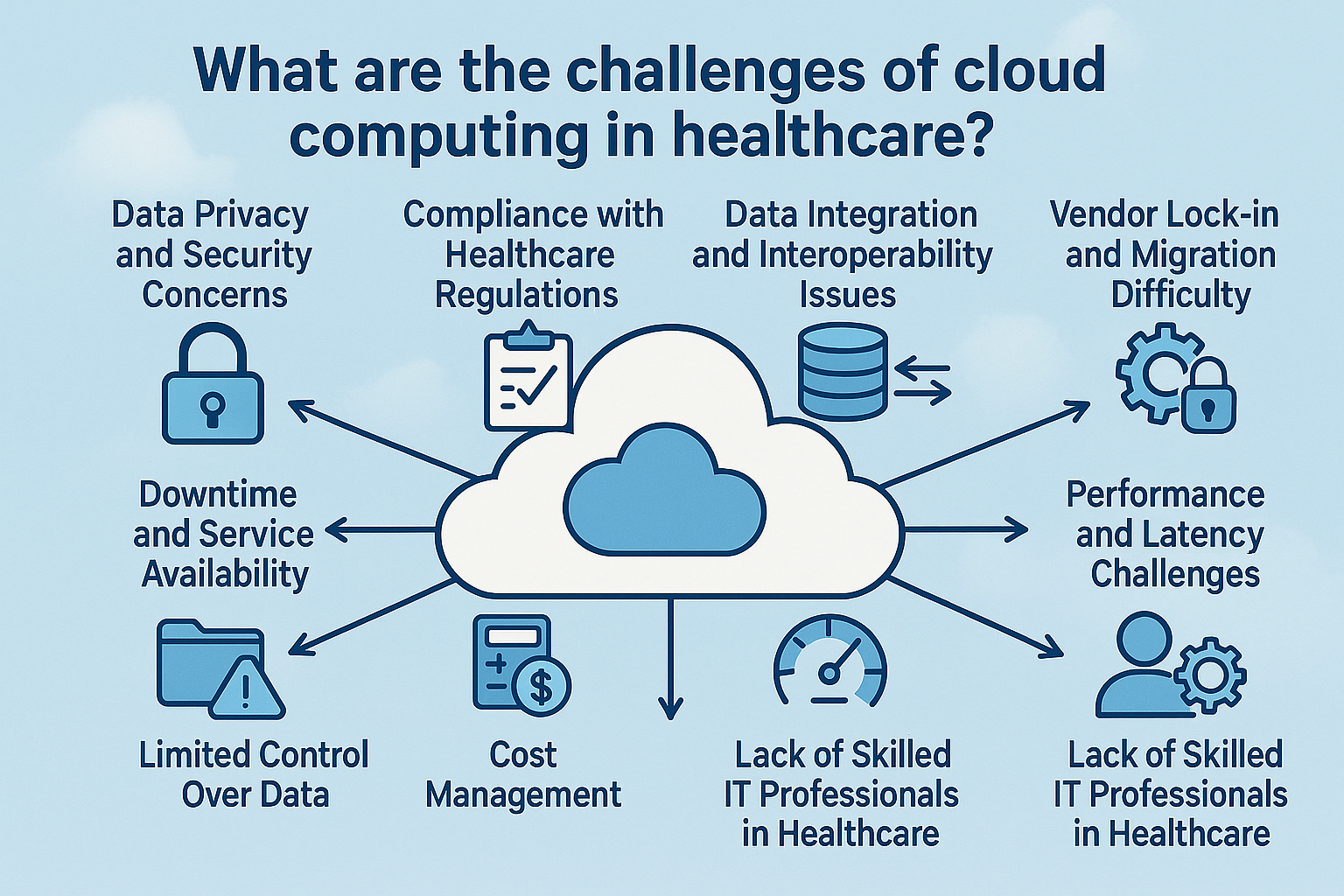
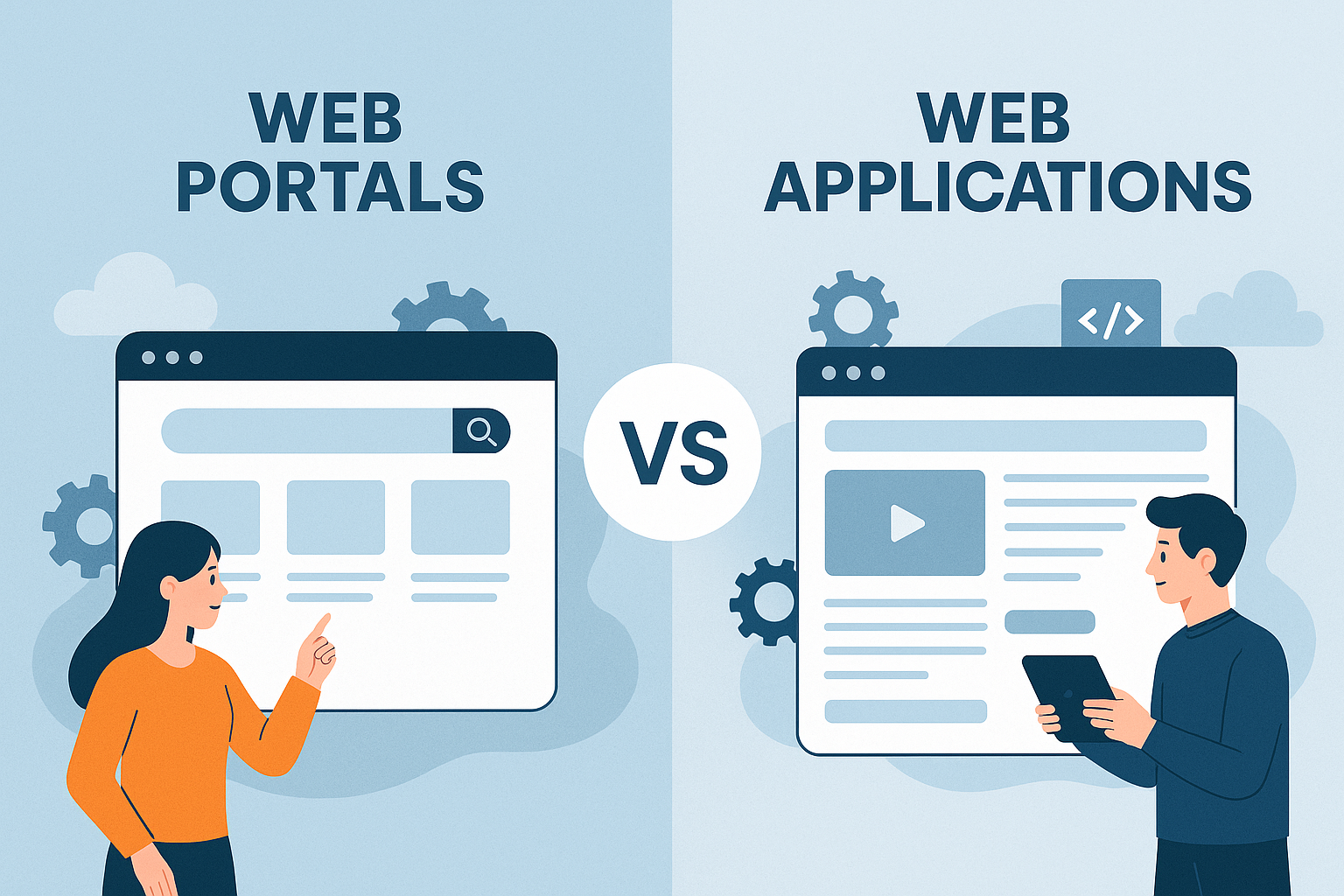


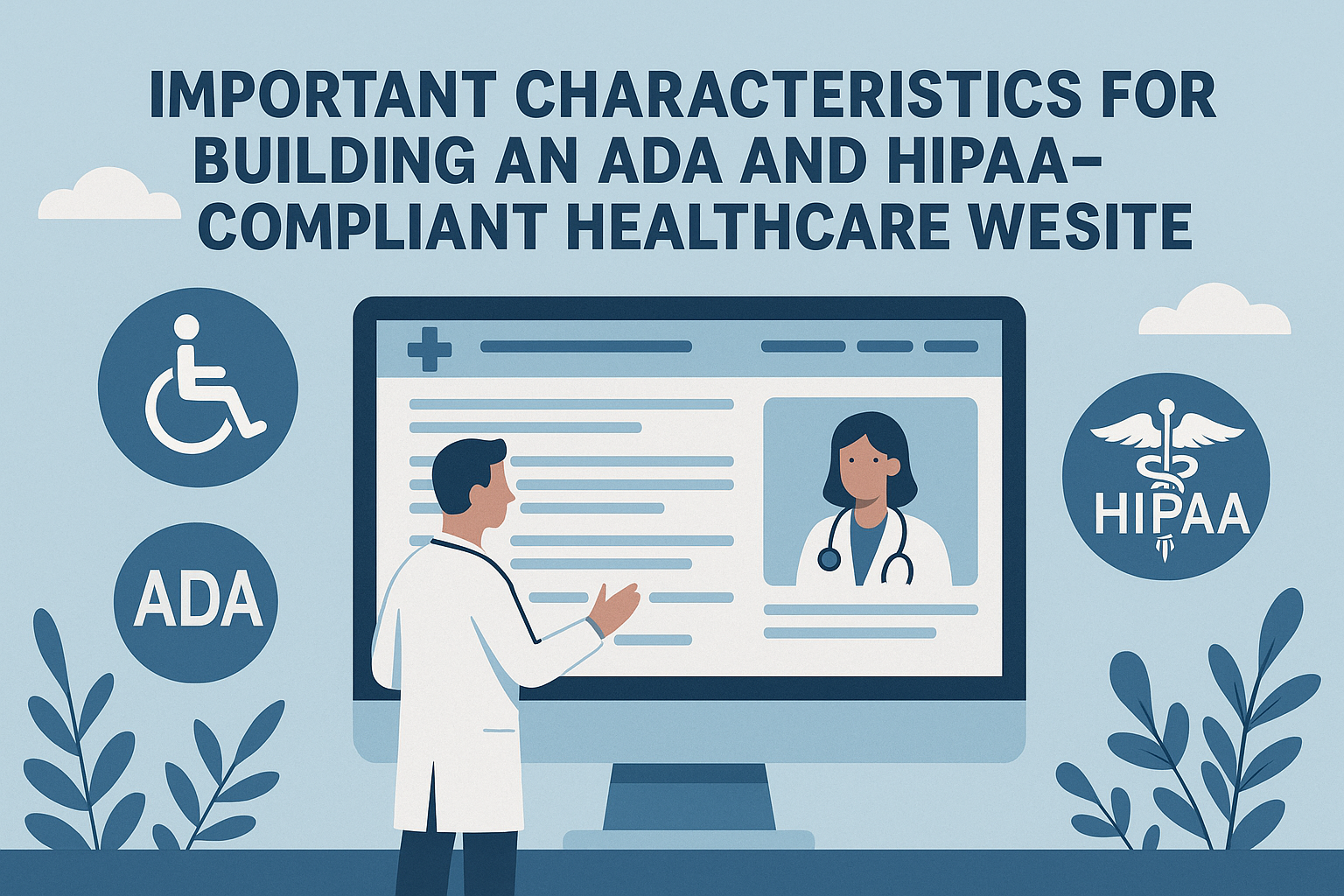
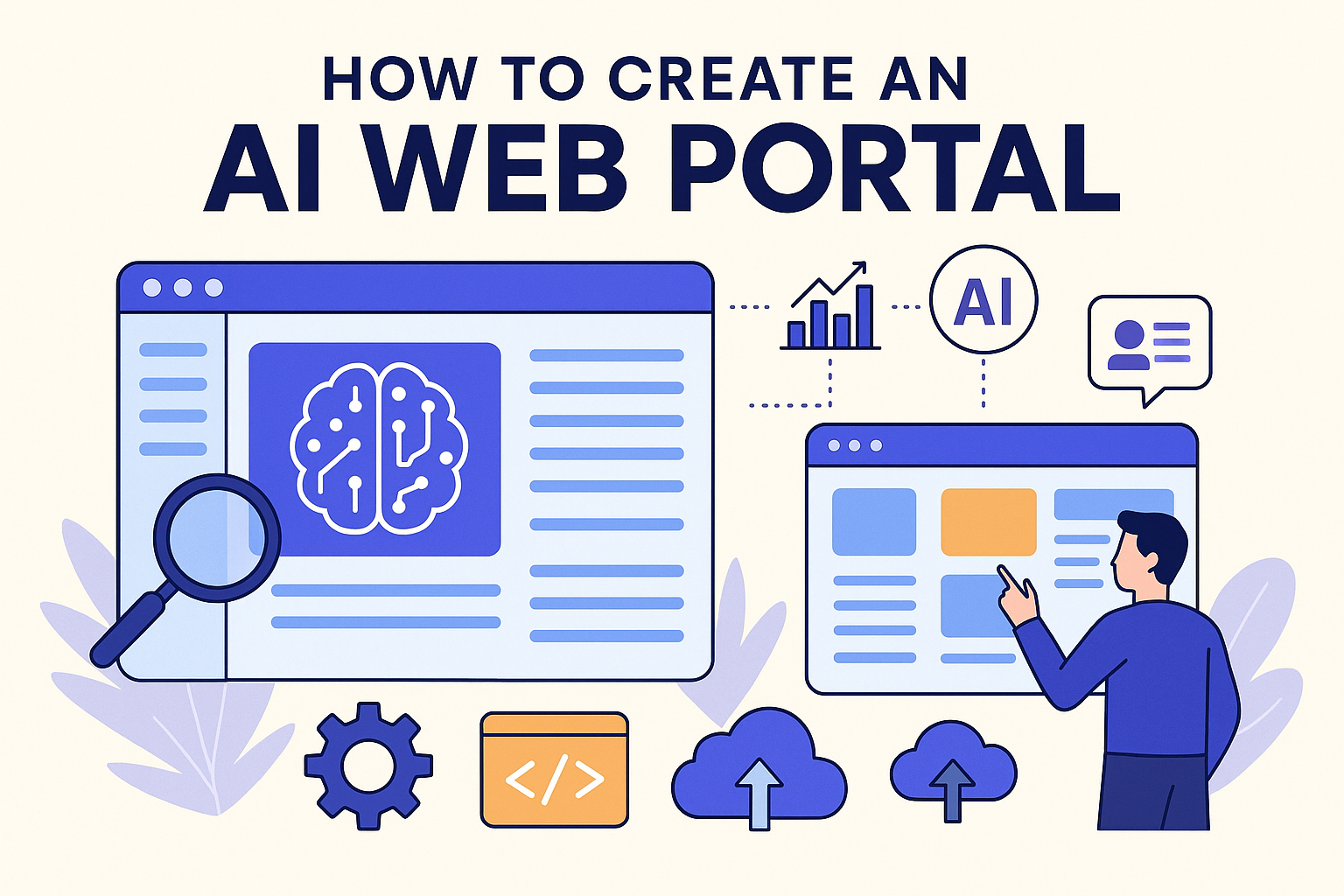
Write a comment ...